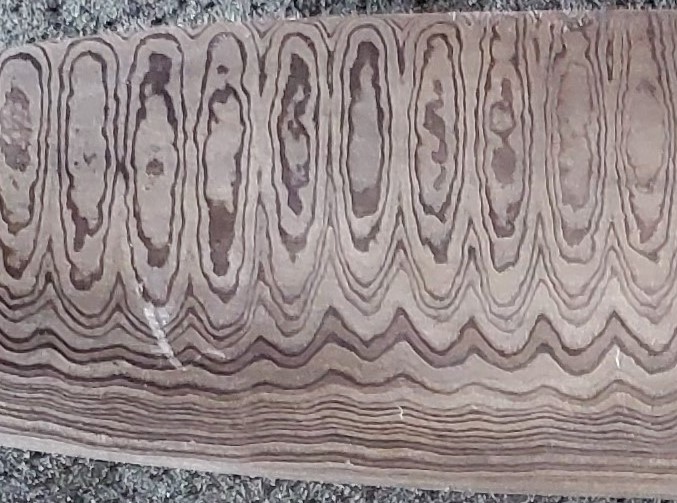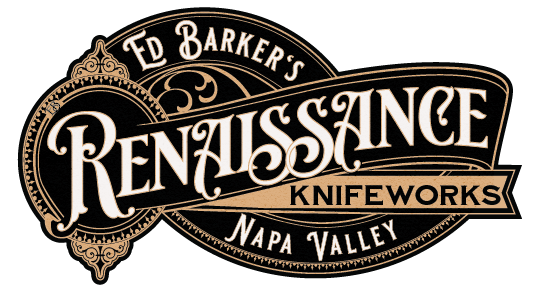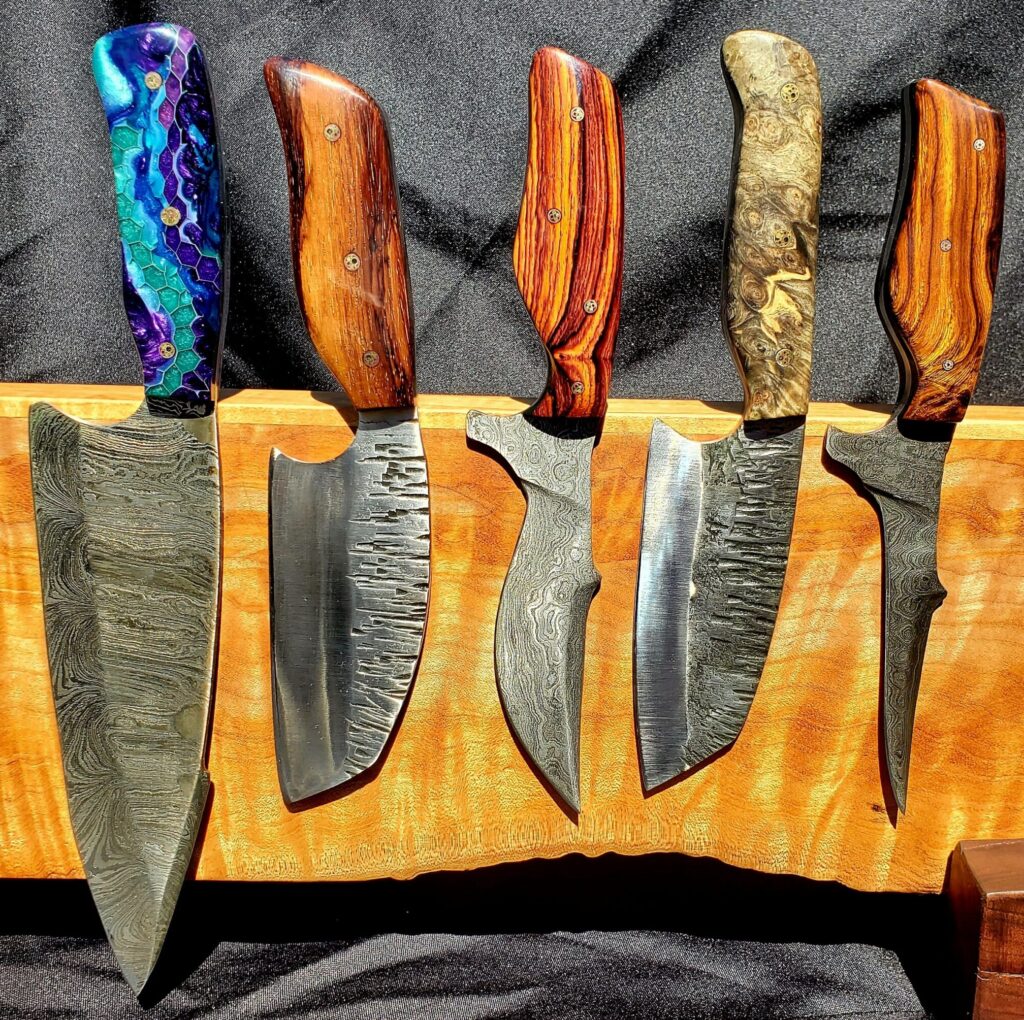Damascus steel is the result of a forging process using several different metals. Since different metals do not react the same way when heated forming Damascus steel is a true art that can be difficult to master.
It is an art full of subtleties as Bladesmiths constantly assemble, bend and hammer these metals in a precise order in order to reveal the beautiful design and extreme durability they chose to achieve for their blade.
The manufacturing process of Damascus blades
Damascus steel is a steel that consists of multiple layers that are forged together. It is a method which uses different metals that after successive heating, bending and stretching, reveal a beautiful blade that is extremely durable and can be sharpened with a razor like cutting edge. There are numerous patterns that are achieved using different types of metal and different bending techniques to produce these beautiful and powerful steel blades.
Damascus Steel

This beautiful, intensely tough steel has been prized for thousands of years. The word “Damascus” originates in medieval cultures and to an early style of craftsmanship that first emerged in India around 300 B.C. This craftsmanship was prolific at the time, and was likely named for the region that made it famous. About that same time, Arab cultures introduced Wootz steel to the Syrian city of Damascus where the material led to a thriving industry in weaponry. Damascus imported Wootz steel from Persia and Sri Lanka for the production of hybrid steel blades known for their beauty and durability. Although the actual origin is not know, craftsman of the day learned that combining various metals would create weapons of increased strength over those made of pure steel. Damascus Steel is not pure. In fact, this uniqueness is its beauty and mystery. The material is characterized by unique patterns and bands which have been welded together and bended numerous times to achieve a unique pattern. This unique folding of different types of metals results in an extremely durable and beautiful blade. The identification of specific metals in original Damascus steel remains unknown today, as no records exist detailing them. However modern Damascus steel-making follows the same practice of combining various metals which the Bladesmith chooses to achieve a desired end product.


